“Galt really taught me to manage my game and helped me to think carefully about my shots.”
— PGA Tour winner Ian Leggatt
“A 6,400-yard golf course can hold its own, with greens that are interesting and full of character.”
— Canadiangolfer.com
“As I played each hole, I appreciated the design and its challenges and couldn’t wait to see what the next hole had in store. I’m a big fan of straightforward courses without trickery—pure, simple courses that are a delight to walk and take strategy to play well.”
— Kay Cockerill, two-time U.S. Amateur winner, Golf Channel commentator


